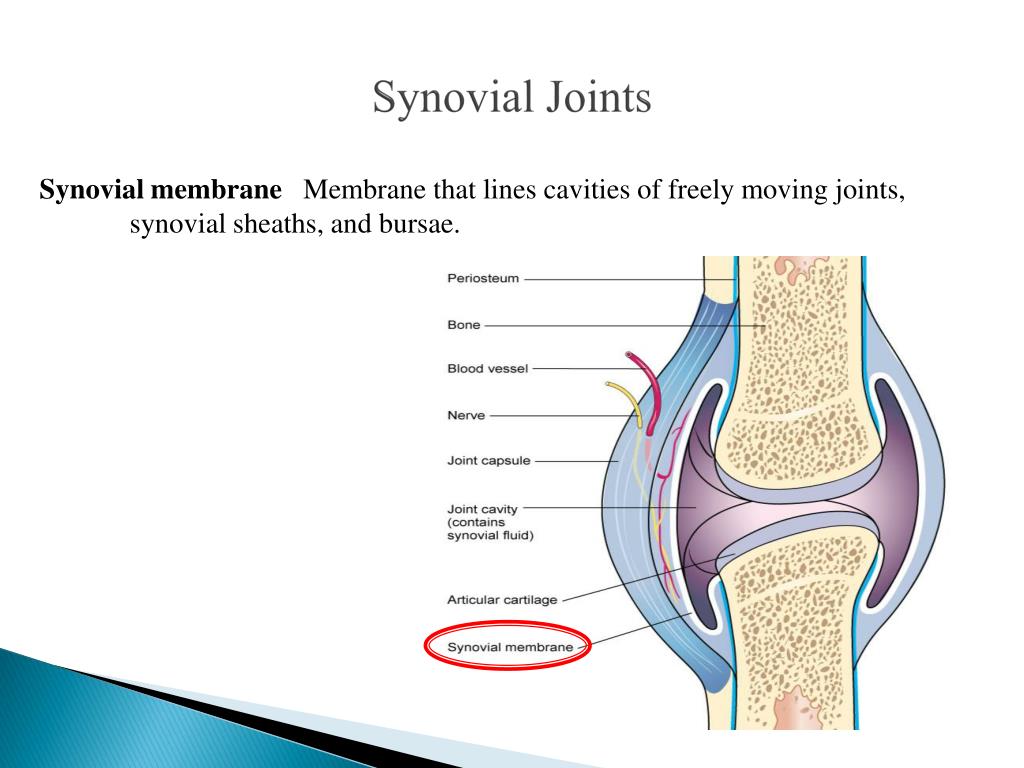

Synovial joints allow for free movement between the bones and are the most common joints of the body. At a synovial joint, the articulating surfaces of the bones are not directly connected, but instead come into contact with each other within a joint cavity that is filled with a lubricating fluid. At a cartilaginous joint, the bones are joined by hyaline cartilage or fibrocartilage. A fibrous joint is where the adjacent bones are united by fibrous connective tissue.

These differences serve to divide the joints of the body into three structural classifications. The structural classification of joints is based on whether the articulating surfaces of the adjacent bones are directly connected by fibrous connective tissue or cartilage, or whether the articulating surfaces contact each other within a fluid-filled joint cavity. In contrast, freely moveable joints allow for much more extensive movements of the body and limbs. Thus immobile or slightly moveable joints serve to protect internal organs, give stability to the body, and allow for limited body movement. The amount of movement available at a particular joint of the body is related to the functional requirements for that joint. Functional classifications describe the degree of movement available between the bones, ranging from immobile, to slightly mobile, to freely moveable joints. Structural classifications of joints take into account whether the adjacent bones are strongly anchored to each other by fibrous connective tissue or cartilage, or whether the adjacent bones articulate with each other within a fluid-filled space called a joint cavity.

Joints are classified both structurally and functionally. List the three types of diarthrodial jointsĪ joint, also called an articulation, is any place where adjacent bones or bone and cartilage come together (articulate with each other) to form a connection.Describe the three functional types of joints and give an example of each.Distinguish between the functional and structural classifications for joints.By the end of this section, you will be able to:


 0 kommentar(er)
0 kommentar(er)
